If you're in the market for a family-size SUV, you have surely come across the Toyota Highlander. Packed with the latest and greatest in infotainment and safety features, combine that with a competitive price point, and you've got yourself an exciting option. But does the Toyota Highlander have 4WD? In this post, we've done in-depth research to help you answer that. See what we've found out.
The last Toyota Highlander model to sport a 4WD drivetrain is the 2013 model. Ever since then, Toyota only produced the Highlander in two drivetrain options, Front-wheel Drive (FWD) and All-wheel Drive (AWD) models.
For Highlander models with 4WD capabilities, engage it by following this three-step process.
- Start your vehicle's engine.
- On the gear shift console, press the 4WD button.
- After pressing the 4WD button, your vehicle will automatically switch to 4WD drive mode.
Now you know how to launch the 4WD capability of your Toyota Highlander. Pretty straightforward, right? Please stick with us for the rest of the article as we discuss what the differences between 4WD and AWD are. Also, we'll be discussing the different trims available of the latest 2022 Toyota Highlander and all the nifty features it can offer.
![Dark red colored Toyota Highland at a car show, Dark red colored Toyota Highland at a car show, Is Toyota Highlander 4WD? [And How To Switch It On]](https://vehq.com/wp-content/uploads/2022/05/Is-Toyota-Highlander-4WD-And-How-To-Switch-It-On.png)
What Is Four-Wheel Drive?
A four-wheel drive, also referred to as 4x4, is a drivetrain system that provides equal power, via a transfer case, to both the front and rear axles. This equal split in power distributes simultaneous torque on all four wheels, translating to better traction.
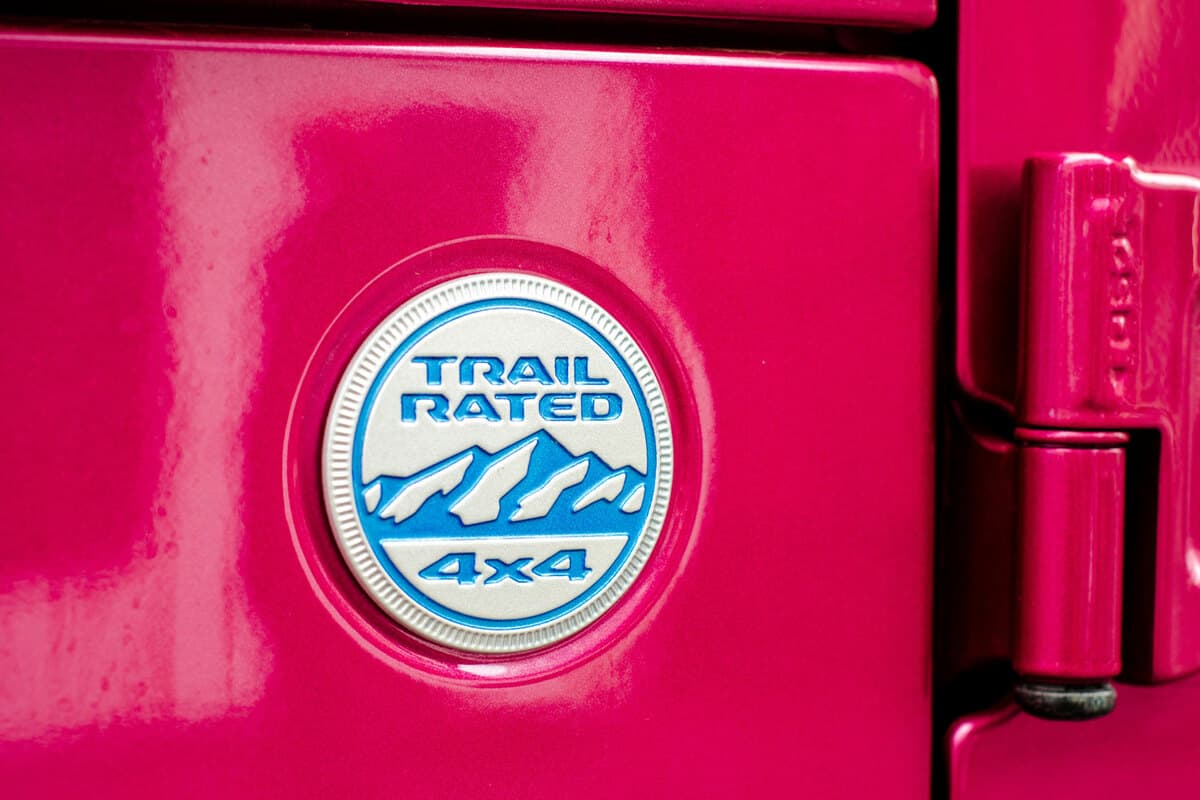
Cars with 4WD capabilities either have this mode engaged all the time or can be engaged on-demand using a button or a shifter. Some manufacturers also include additional gears when the 4WD is on.
Most cars that offer four-wheel drivetrain systems are geared towards off-roading. Cars like SUVs, crossover SUVs, and pick-up trucks are the most common car varieties that offer 4WD drivetrain systems. However, a growing number of sedans and hatchbacks are also getting the 4WD option.
What Is All-Wheel Drive?
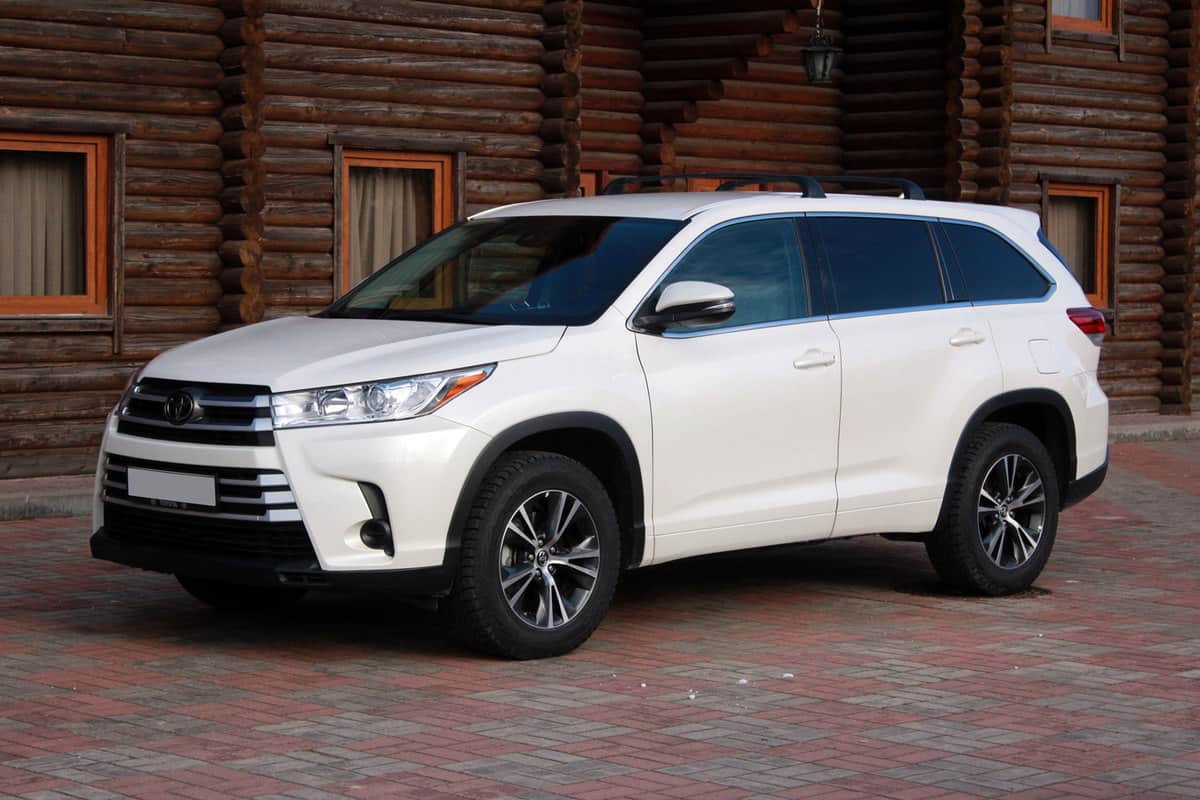
The basic concept for an all-wheel drivetrain system is pretty similar to that of a 4WD. Distribute torque to all four wheels simultaneously. However, AWD drivetrain systems are geared toward handling and acceleration rather than pure off-roading.
All AWD drivetrain usually distributes power in favor of either the front or the rear axle. This maximizes accelerating power and traction efficiency, only splitting the power to the other axle when slippage occurs.
Cars with AWD also have it automatically engaged whenever the vehicle is on. The system keeps track of the tires' traction levels all the time, at the same time. When traction loss is detected, the AWD system automatically diverts the needed torque to that tire, maximizing efficiency. This is what automakers refer to as "Torque Vectoring."
What Are The Differences?
In terms of the mechanical aspect of the AWD and the 4WD, there are very few differences between the two. Both provide the needed torque on all four wheels. Both also maximize the car's road traction, which translates to efficient acceleration.
It will all come down to what you want for your car. You have to consider the type of travel you will be doing every single day and what road conditions the car will normally endure.
Pros Of 4WD
When it comes to pure off-roading, nothing substitutes the dependable 4WD system. Be it snowy mountains, dirt roads, deserts, or even river crossings. A 4WD drivetrain can make difficult-to-control scenarios hassle-free just by delivering power to all four wheels.
This drivetrain system is great for people that live or work in rural areas where cemented roads end.
Pros Of AWD
The biggest selling point of an AWD drivetrain system is the flexibility it provides. AWD works well in city driving as well as light off-road driving. And as car technology and innovation progress, AWD systems are also getting more capable than before.
Another pro of the AWD system is that you won't have to worry about engaging it. It is just on. These always-on automatic sensors provide an extra sense of security to drivers.
When Should You Use 4WD?
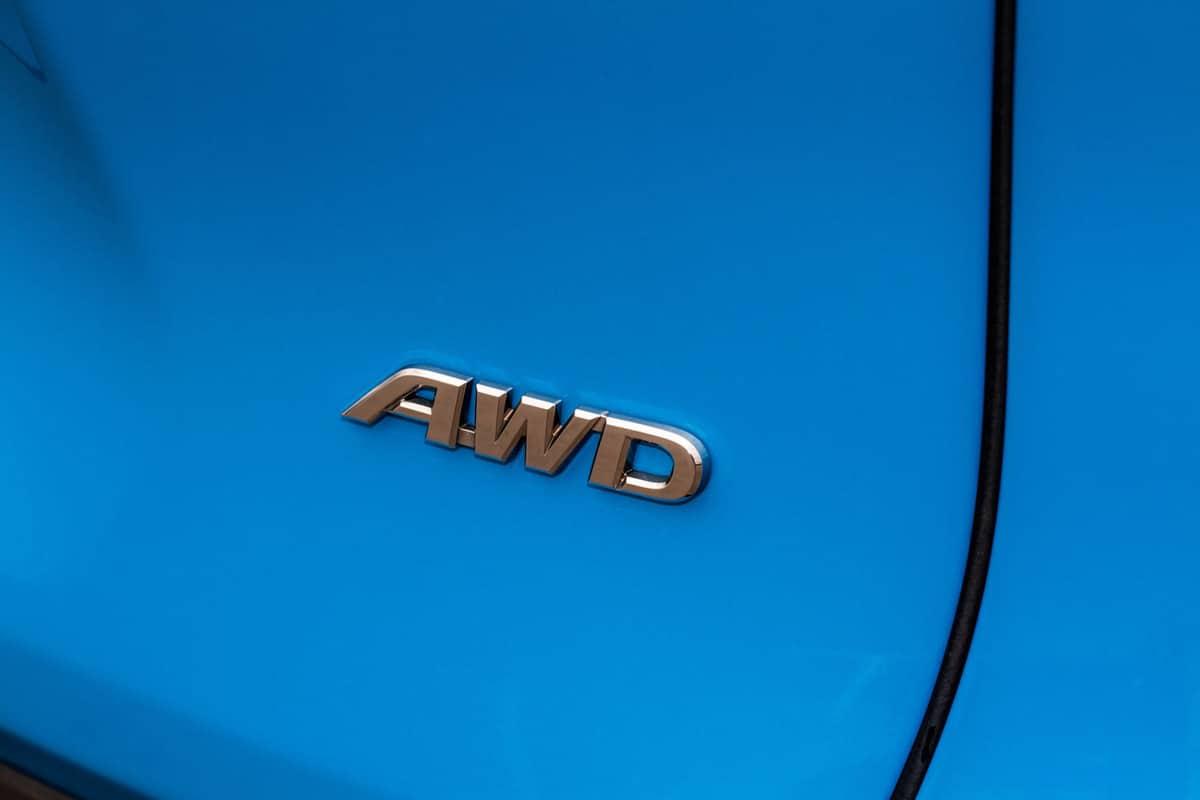
If your vehicle has 4WD capabilities, there's a lot of lifting and off-roading that you can do. After all, this drivetrain system was designed for rugged and heavy-duty applications. However, there are some practices that you should take note of before engaging the 4WD of your vehicle.
Do Not Engage When Conditions Are Favorable
That is why most vehicles with a 4WD system need engaging for it to function. You won't need it all the time. Engaging 4WD in favorable driving conditions can be bad for your vehicle. Fuel efficiency and your drivetrain will take a hit because they are not maximized to their purpose.
4WD Can Be Helpful When Hauling Loads
Most 4WD vehicles are marketed for people that live in rural areas for this specific reason; they always carry a lot of equipment with them. 4WD is useful for hauling jobs like pulling small farm equipment, animal carriages, and hauling boats.
Engaging 4WD Does Not Improve Braking
This is a common misconception, especially for new drivers. Just because you engage the 4WD capability of your vehicle and power is distributed to all wheels does not mean better engine braking capability. Please do not fall into this misconception, overconfidence can be dangerous.
When In Doubt, Consult Your Vehicle Manual
There will be times of doubt on when and where to use the 4WD of your vehicle. Even seasoned drivers experience it. So when that time comes, always refer to your vehicle's manual. It will be your ultimate guide to everything; process, driving conditions, do's and don'ts, etc.
Remember, 4WD varies from vehicle to vehicle. Improper use of your vehicle's capabilities can damage critical engine components. And these engine components cost a fortune to repair or replace. So, it's better to be safe and do what the manufacturer recommends.
Is The AWD On A Toyota Highlander Always On?
For safety reasons, most car manufacturers (Toyota included) do not allow the disabling of the AWD. So it's a yes on the question of whether the AWD on a Toyota Highlander is always on. This feature is not only limited to the Highlander. Most Toyota SUVs and crossover SUVs have the AWD on at all times.
The AWD system that Toyota incorporates into its vehicles uses dog-clutch gears. These dog clutches are what aid the engine in distributing torque to each wheel. In addition, a sensor is used to track the wheels and prevent slippage.
The 2022 Toyota Highlander
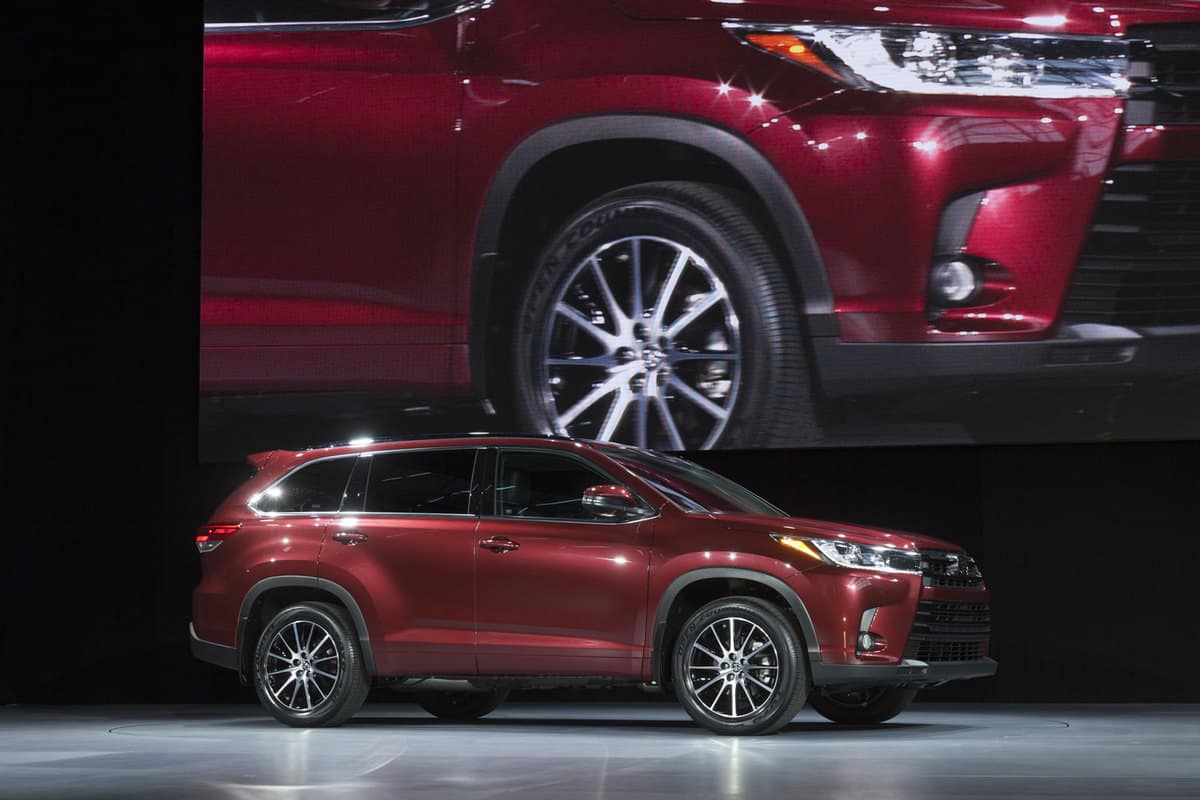
The latest release of the Toyota Highlander delivers a stylish and sleek look, all while packing a ton of features. It's a practical choice for families because of the three-row design and the comfort it provides.
Engine
The engine comes with a 2.5L Direct Injection engine capable of producing 243 hp at 6000 rpm and 175 lb-ft of torque at 4,400 rpm. When it comes to fuel economy, the Highlander delivers a return of 35 mpg in city driving conditions and also 35 mpg in highway driving.
Interior Comfort
If you're opting for the base trims of the Highlander, you can seat eight passengers in this vehicle. When you opt for the higher trims, however, you can seat seven people because the second-row seats use captain's chairs for additional comfort.
Connectivity Features
The Highlander comes with an 8-inch infotainment console which comes standard on most trims. If you get the Limited and Platinum trim, this 8-inch console turns into a 12.3-inch display. Apple Carplay, Android Auto, Amazon Alexa, and Bluetooth Wireless connectivity are also readily available across all trim levels.
Safety Features
When it comes to safety, Toyota is second to none. They take pride in producing cars that are engine efficient while also being one of the safest to drive. The Highlander scored an exceptional overall rating of five stars in crash tests.
The key safety features that Toyota included are:
- An automated emergency braking system with pedestrian detection
- Blindspot monitor with rear cross-traffic alert system
- Lane-keeping assist and lane-departure warning.
- ABS and driveline traction control
- Airbag sensors
- Collision Mitigation
- Evasion Assist
Warranty
In terms of warranty, Toyota covers and adheres to the norm. A nice perk, however, you get two years of complimentary scheduled maintenance upon purchase of your brand new vehicle. A limited warranty for three years or 36,000 miles and a powertrain warranty for five years or 60,000 miles come standard with the Highlander.
To Sum It Up
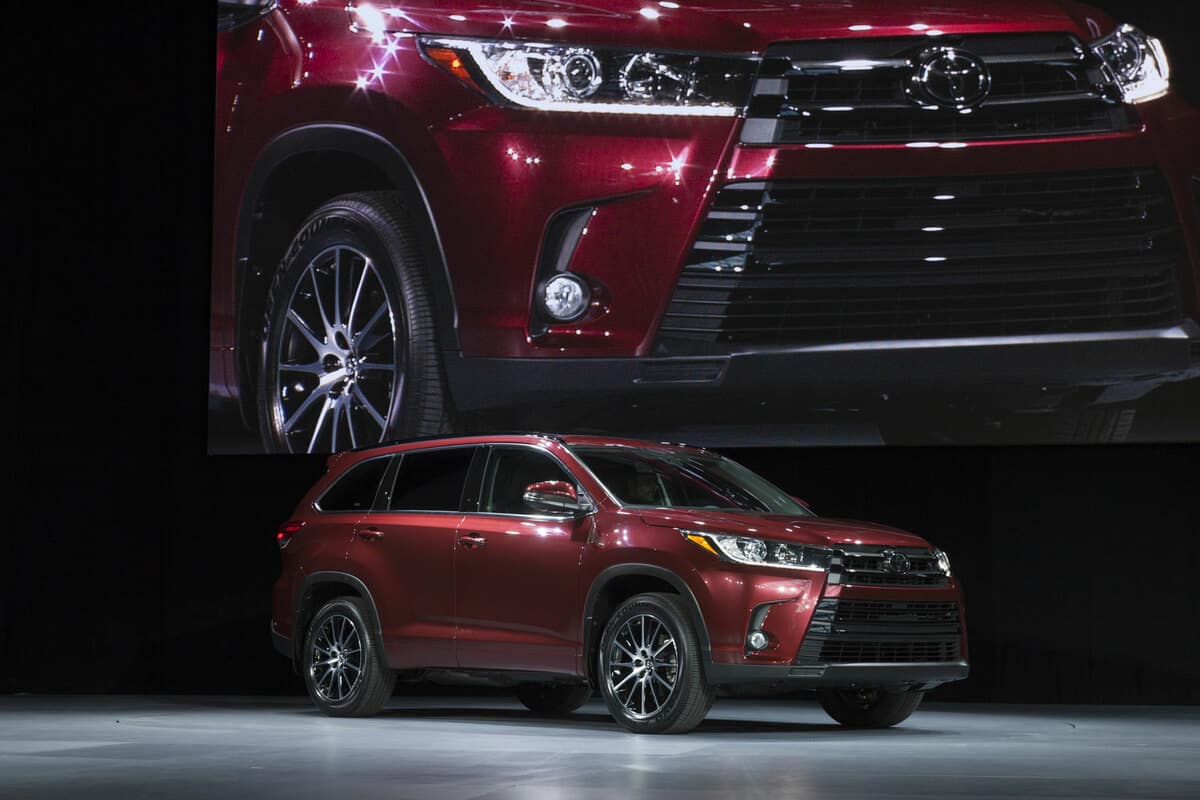
With a company philosophy of creating ever-better road cars, Toyota surely delivers on all aspects. It doesn't matter if it's about engine performance, safety features, or even style. The Toyota Highlander is a dependable family SUV that can also be useful in your business.
If you still have the model with a 4WD drivetrain or even the more modern version with the AWD system, the Highlander will still get the job done. Always remember, drive safe!
If you found this post insightful, you might also like some of our other posts:
How Far Can A Toyota Highlander Go On Empty?
How To Remove Studs From Tires
How To Drive A Toyota Highlander In Snow [Inc. Using The Snow Button]
